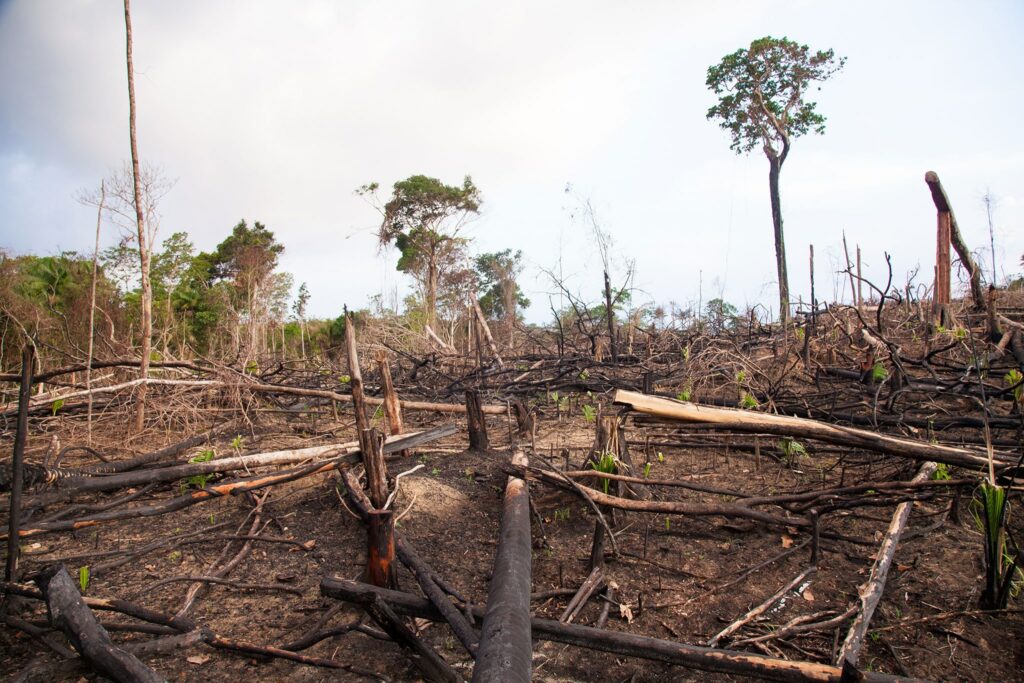I attended a number of sessions on the Global Landscapes Forum. The session I found most interesting/important in comparison to the other sessions I attended was 14.30 on Thursday ‘ Thought leaders in Biodiversity: Building hope for the future’. I chose this session because it covered many different aspects, bringing together lots of knowledge and perspectives from many different speakers from all over the world. The Thought leaders in biodiversity webinar began with an introduction to climate issues by Bard Vegar Solhjell, the director-general of the Norweigan Agency for Development Cooperation, Norad. He discussed how our contact with nature has changed and getting closer to wildlife which is has a connection to the current pandemic. Fossil fuel extraction and burning followed by land use are the main drivers of climate change, in order to preserve biodiversity a shift in this area is needed.
The second speaker was Carole Dieschbourg, Minister for the Environment, climate and sustainable Development of Luxembourg, she discussed biodiversity and building back better. The pandemic shows how closely human wellbeing and the environment are and how vulnerable economies and societies are to change. This highlights the need for change in the way we live, consume and produce food. She also spoke on the need for world leaders to work together in ensuring a more sustainable future. There is a need to redirect investment of public and private and develop and new ways of assessing progress as GDP is not suitable for climate change, to ensure climate change related issues and biodiversity loss are not being forgotten. Harmful subsidies such as fossil fuels and other pollutants need to be regulated and used correctly as the excessive use is causing a warming effect on the planet leading to many problems such as natural disasters and problems for agriculture and food security. A reduction in this area will also protect some endangered species as global warming is the leading cause of habitat loss.

The third speaker Robert Nasi discussed Biodiversity in action and how loss poses threats for humans, causing problems with medicines and food crops. There have been five mass extinctions, with one triggered by an asteroid and the rest by climate change, volcanos also contribute. The sixth mass extinction is currently happening and this shows how important stable climatic conditions are for biodiversity. The global landscape forum aims to improve biodiversity.
Stefan Schmitz, Executive director of crops trust talked about preserving plant biodiversity especially with many species facing extinction, adding to what Robert Nasi mentioned on mass extinctions, around 40% of plant species are facing extinction. Gene banks are important to preserve the genetic material of crop species that are in danger of extinction. He also discussed the importance of conservation, knowledge, investment, technology and the managing/exchanging of information. Over half of global GDP depends on high functioning biodiversity, more than a fifth of countries worldwide are at risk of ecosystem collapse as biodiversity declines therefore it is important to build communities of practice and raise awareness in relation to conservation.
Galina Angarova, executive director of Cultural survival is a member of the indigenous people of Siberia. Galina discussed the importance of indigenous people in biodiversity protection and land sustainability. Biocultural diversity and the coevolution of the landscape and indigenous people, make ingenious people experts of their own environment. Indigenous people. Represent only 6.2% of the population around the world, they live on around 25% of the land, with the environments in a reciprocal way that upholds both the spiritual and ecological integrity of the land protecting and sustaining the biological diversity.
Gilbert F. Houngbo president of IFAD, covered biodiversity through rural factors. He discussed how small-scale farmers are at an increased risk due to climate change and biodiversity loss and the need for investment in this area is required to achieve the sustainable development goals. Both challenges and opportunities post pandemic were looked at including biodiversity for building back better to end hunger, improve food systems and preserve earth’s resources. Biodiversity is important for rural development as people depend on natural resources such as clean water and fertile soil for their livelihoods.

Ma Jun, Director of Institute for Public and Environmental Affairs China was the final speaker. He addressed biodiversity loss with emphasis on freshwater Yangtze river and Chinas reforestation project and investment increase in these areas. The ten year fishing ban on the Yangtze River and the need to broaden the participation from stakeholders in combating biodiversity loss. He discussed the release of a new project, Biodiversity map to help the general public to get involved and learn more about climate change and biodiversity. Green supply chains and green finance have helped improve issues like air quality.